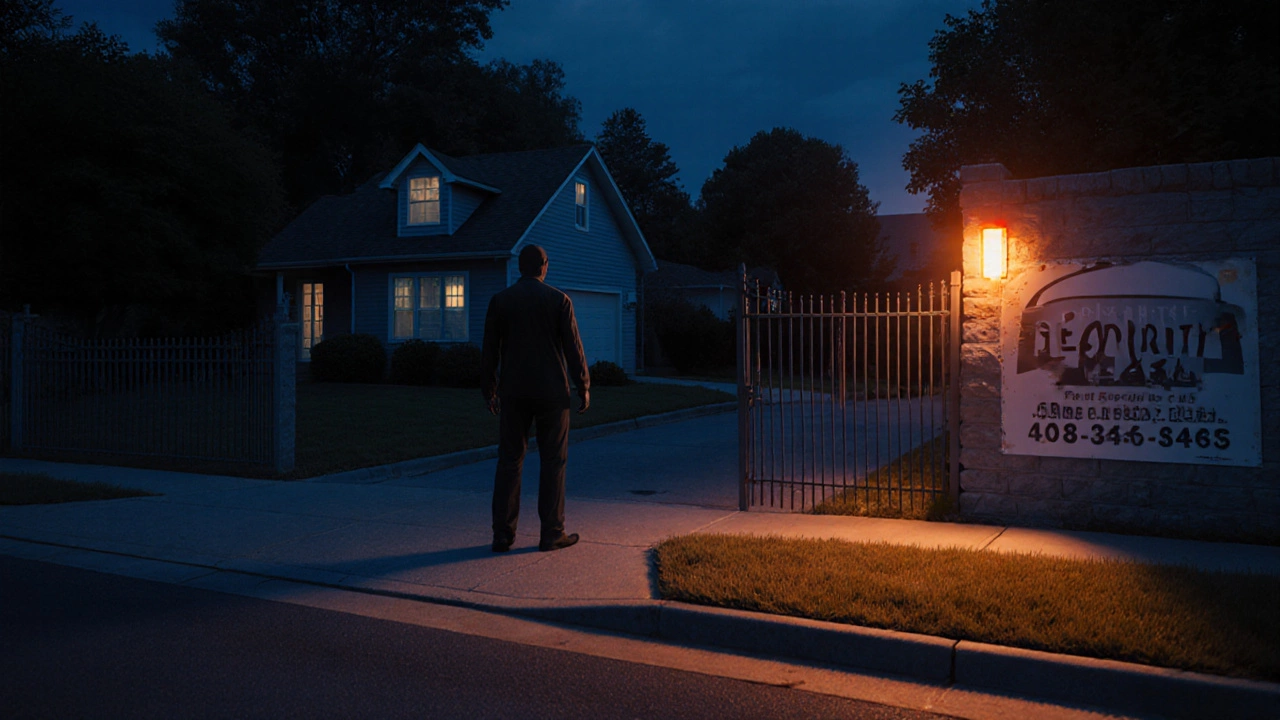When it comes to keeping your home safe, an alarm deterrent, a system designed to scare off intruders before they break in. Also known as burglar alarm system, it’s not just about noise—it’s about psychology, timing, and how criminals actually behave. Most people think alarms are just loud. But real data from convicted burglars shows something stronger: 87% of them run away the moment an alarm goes off. That’s not luck. That’s design.
What makes an alarm system deterrence, the ability of a security system to prevent break-ins through visible and audible warnings work isn’t just the siren. It’s the combination of flashing lights, smart alerts, and the fact that burglars know they’re being watched. A simple doorbell camera with motion detection can be part of that deterrent. So can a well-placed motion sensor or even a sign that says "Alarm System Active." These aren’t just decorations—they’re signals that say, "This place isn’t worth the risk." And criminals? They pick the easiest target. That’s why so many break-ins happen at homes with no alarms at all.
But here’s the catch: not all alarms are created equal. If your alarm doesn’t make noise, or if it’s hidden, or if it’s too easy to disable, it won’t scare anyone. A weak alarm is worse than none—it gives a false sense of security. The best deterrents are loud, visible, and connected. They don’t just beep—they notify you, your neighbors, and sometimes even the police. And when you pair them with outdoor lighting or cameras, you’re not just stopping a break-in—you’re making your home look like a bad investment for any criminal.
Some people worry about false alarms. Others think they’re too expensive. But the real issue? Most homeowners install alarms wrong. They put them where no one can hear them. They forget to test them. They turn off the siren because it’s "annoying." That’s like locking your door but leaving the key in the lock. An home security alarm, a system designed to detect unauthorized entry and trigger warnings or alerts only works if it’s active, audible, and trusted. And the data doesn’t lie: homes with working alarms are up to 300% less likely to be targeted.
Below, you’ll find real insights from people who’ve studied burglars, tested systems, and fixed what didn’t work. You’ll learn why some alarms fail, how to make yours stronger, and what features actually matter—like backup power, pet-friendly sensors, and Wi-Fi reliability. No fluff. No hype. Just what works.

Do burglars avoid homes with alarms? Research shows 60% of burglars will choose another target if they see a security system. Learn how alarms deter crime, reduce losses, and what makes them truly effective.